Dateline: Connecticut.
Filing this post from back in the States. Bone spurs on both heels, probably from too much walking, have forced me to return and rest up. I plan to be back in the UK when the weather is warmer and the feet recover. And accord to my calculations I still have nearly 150 days left on my annual passport allowance. I really hope to attend the Beltane Festival in April. On non-travel days I found that between walking and standing I often did over 6 hours vertically and on travel days adding a 2 1/2 stone backpack and 20# hand bag. I will do a much better job packing next round. On the other hand between eating well, usually starting with a full English (or even better, Full Scottish) breakfast, little or no lunch and a light evening meal I lost nearly 10#. Although you’ll note I did not deprive myself of good British beers and whisky’s. My trousers are “hobo-style” now. That is, much larger than proper size with the belt cinching things up. After the Prostate cancer treatment of radiation and hormones followed by lack of energy I tipped the scale Jan. 1 2015 at 236. Today I’m at 201 and feeling, except for the feet, much better. Walking and small plates with generally no seconds at meal time were the tricks. A small but full plate tricks the mind and fills the need.
Now to the museum. This was one of those mind saturations where there is just way too much to take in at once so, knowing I’ll be back, I just worked the first floor, but wow, what a floor!
We start with the Energy section and the Newcomen Atmospheric Steam engine.
“The atmospheric engine was invented by Thomas Newcomen in 1712, often referred to simply as a Newcomen engine. The engine operated by condensing steam drawn into the cylinder, thereby creating a partial vacuum, thereby allowing the atmospheric pressure to push the piston into the cylinder. It was the first practical device to harness steam to produce mechanical work. Newcomen engines were used throughout Britain and Europe, principally to pump water out of mines. Hundreds were constructed through the 18th century. There is a fine example of this in the Scottish Museum in Edinburgh.
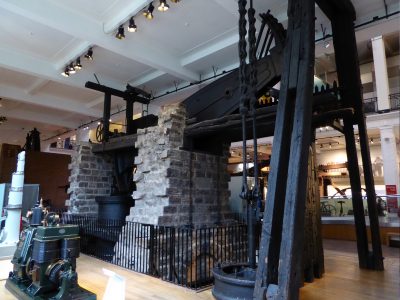
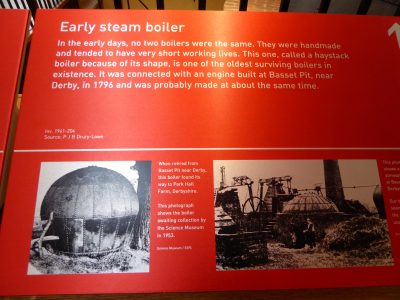
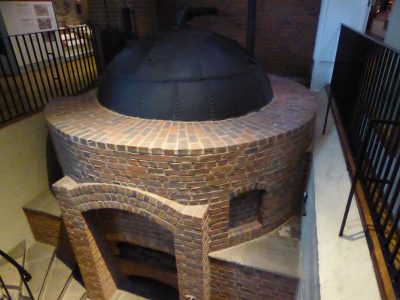
James Watt much improved the steam engine without which there would have been no Industrial Revolution. Steam still supplies nearly 75% of electricity in todays UK.
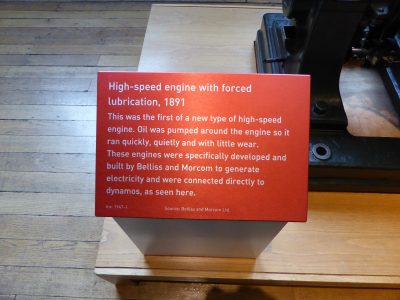
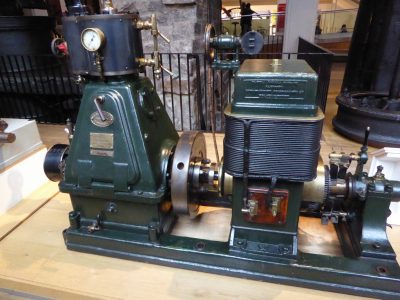
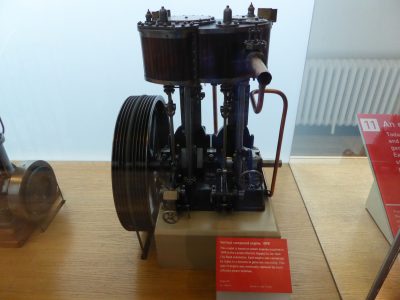
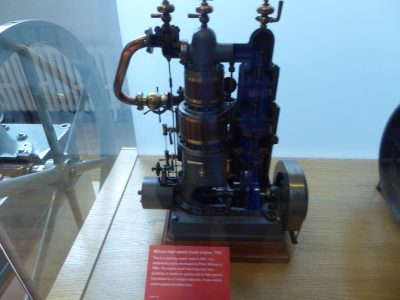
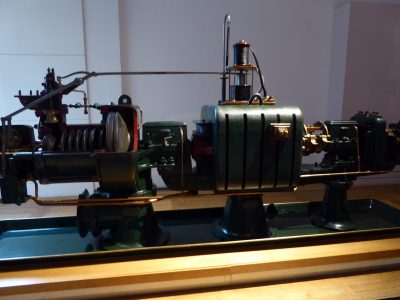
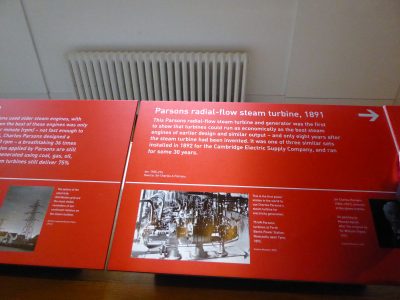
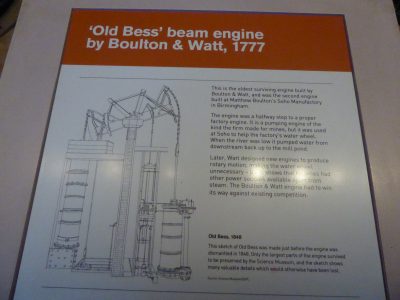
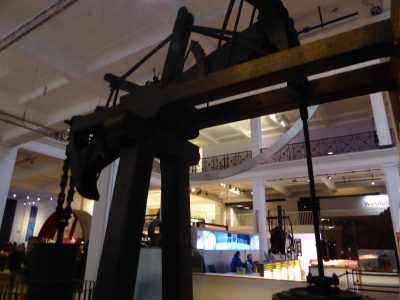
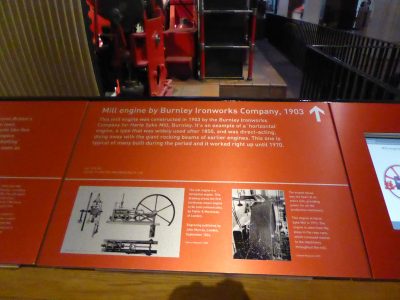
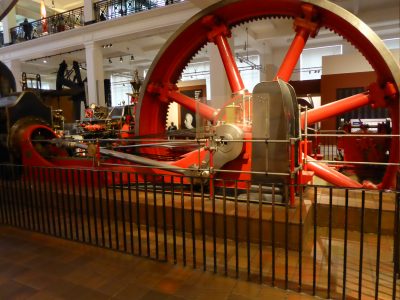
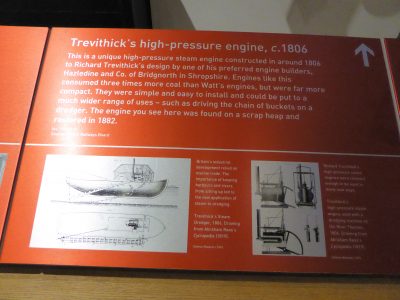
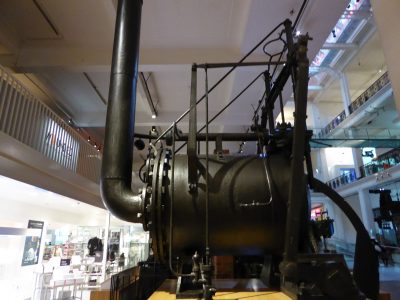
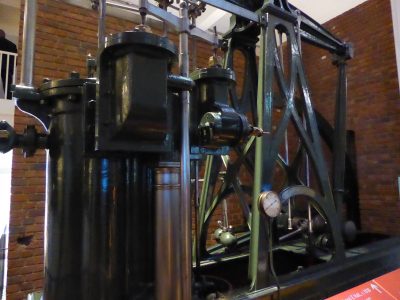
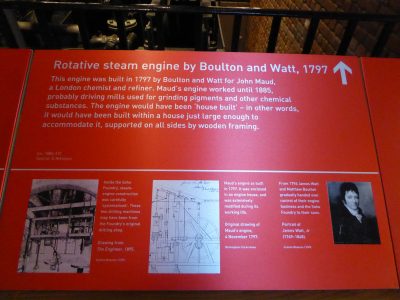
The placards do a much better job than I in describing so why not use them?
From here we move to space.
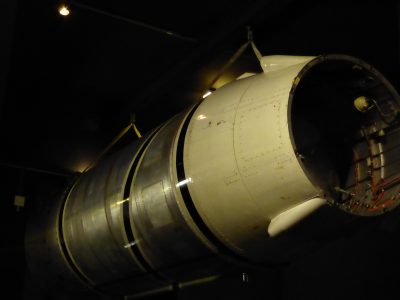
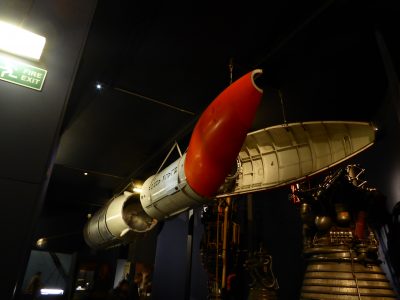
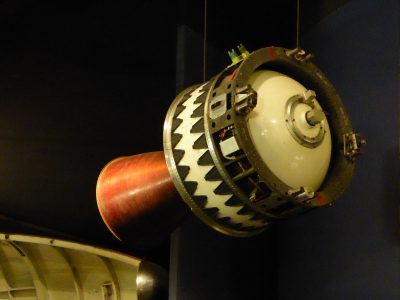
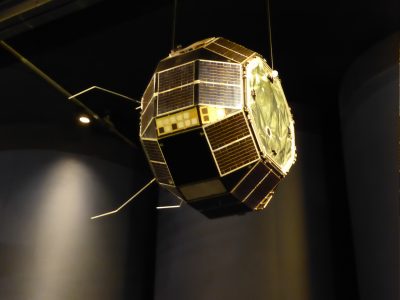
And the Scout launch vehicle which reminded me of that one in the Bond movie that ate other craft. The British Prospero Satellite seen here was a research vessel in the1970’s.
And the Apollo and moon landing programs were well represented.
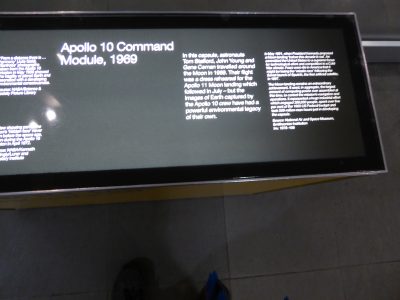
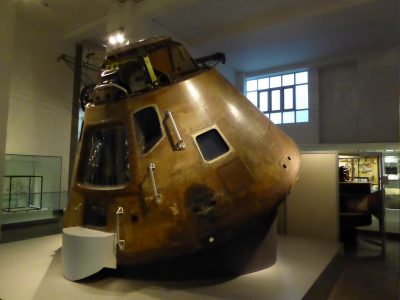
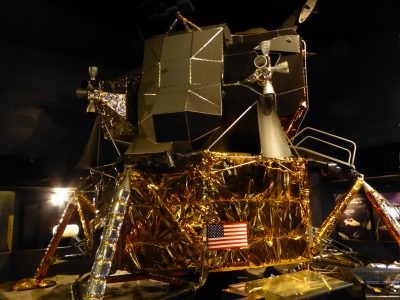
Britain developed the first vertical takeoff jet, the the Short SC.1, (mounted on a wall one wing removed)launched in the 1950’s was the predecessor to the famous Harrier “jump-jet”
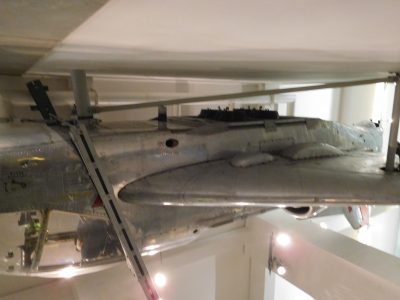
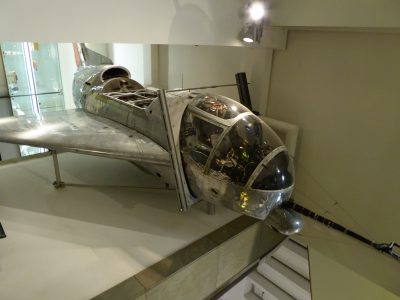
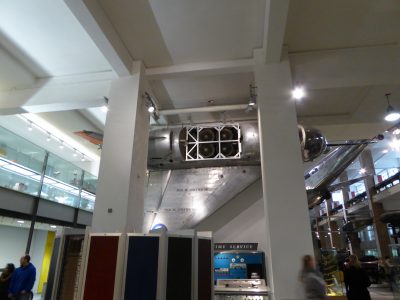
Then things got crazy. Odd cars, trains, cabinets full of inventions.
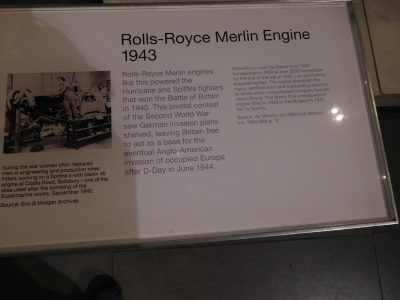
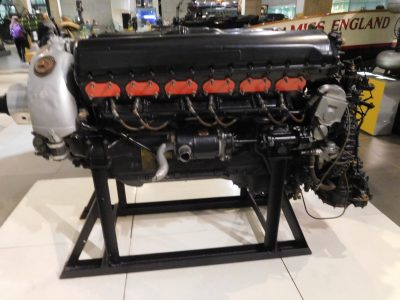
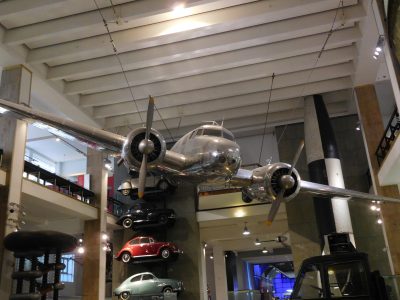
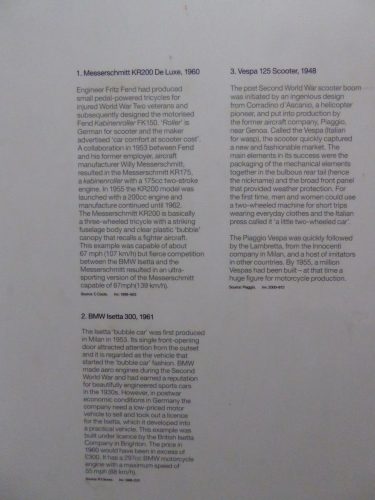
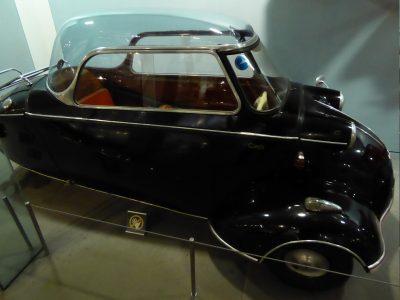
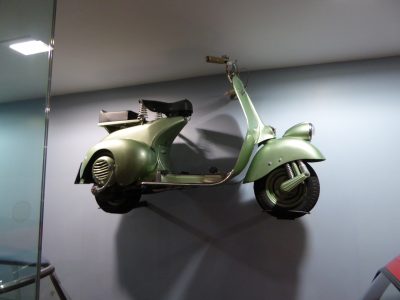
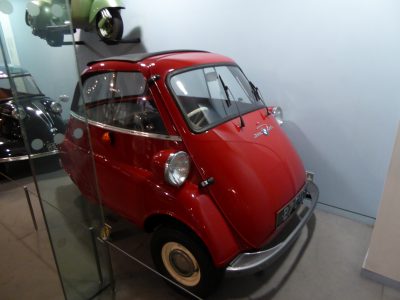
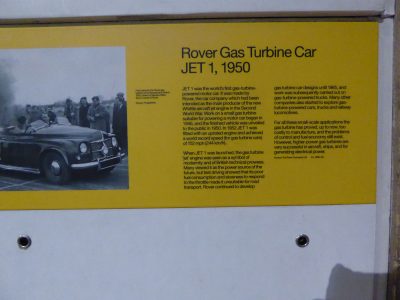
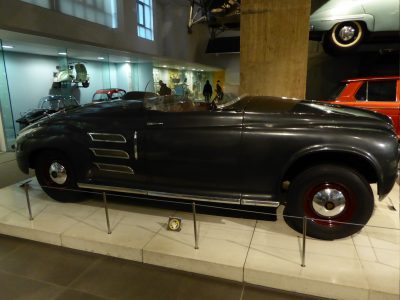
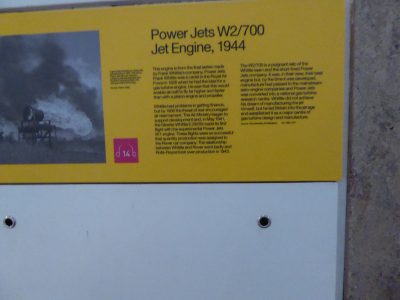
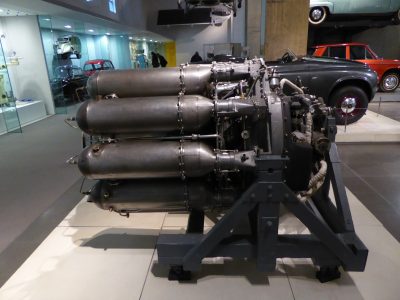
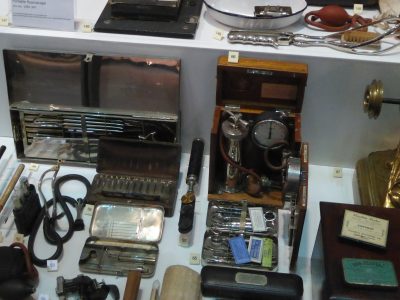
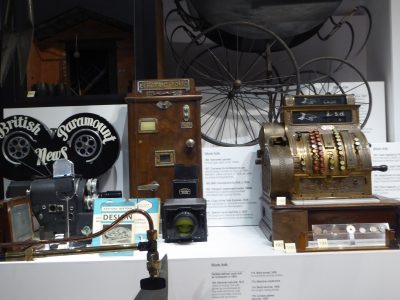
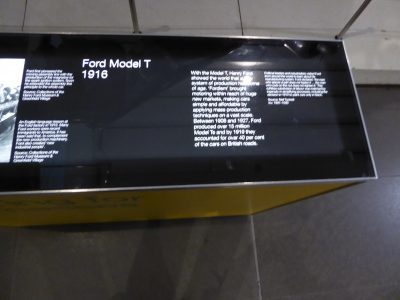
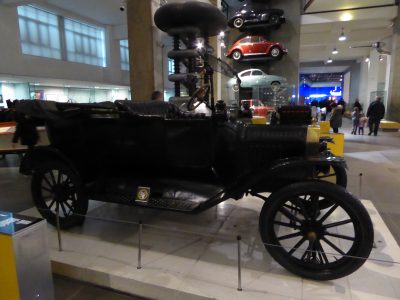
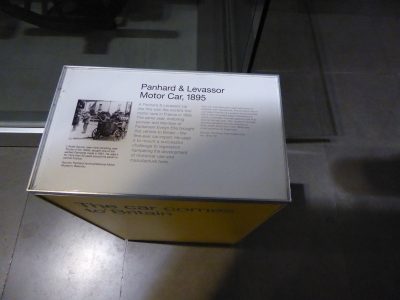
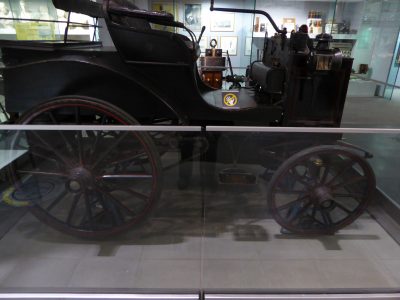
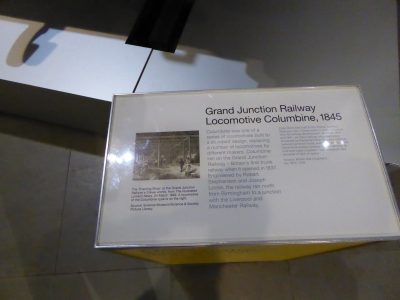
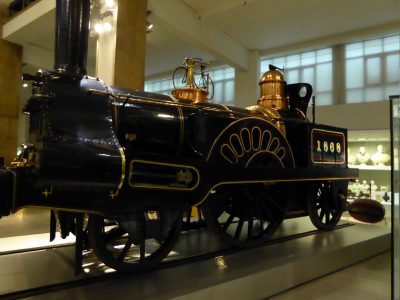
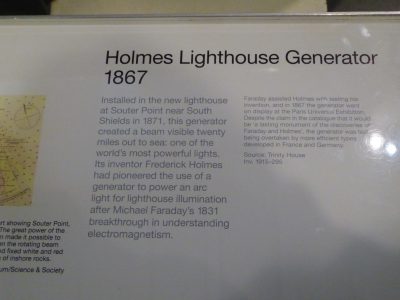
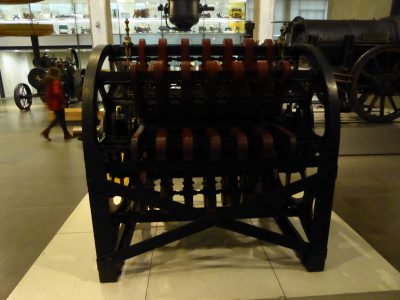
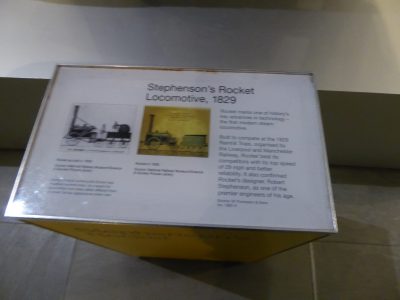
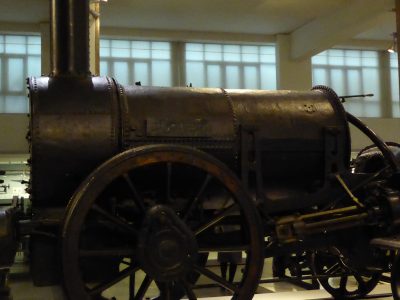
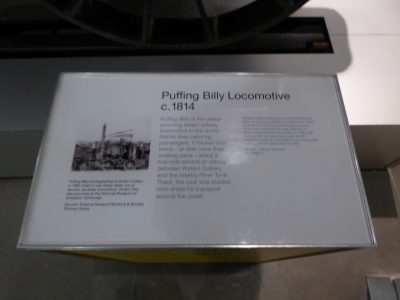
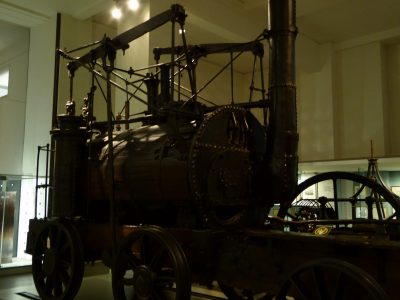
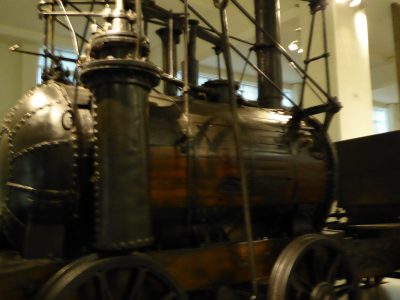
Truly a great museum and this was only part of the first floor. Remember most UK museums, unless privately held, are free. Your donation is pretty much directly related to your enjoyment. There are also memberships passes that allow entry into all the special and therefore charged exhibits.
I’ll post one file one as a wrap up.
{ 0 comments… add one now }